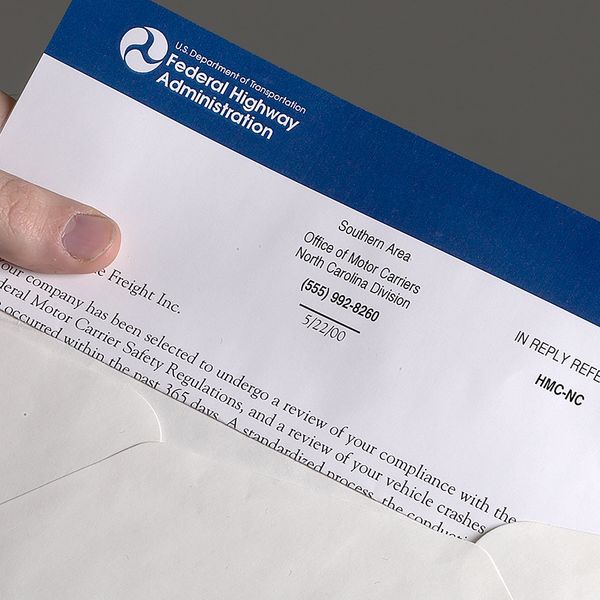Shift gears in the new year: It's time to digitize driver qualification files
The days of digging through paper driver files and monitoring expiring qualification documents on spreadsheets are numbered. Unwieldy hardcopy files increase the risk of missing or incomplete records which can prove devastating to a carrier’s case in post-crash litigation.
Imagine having driver qualification (DQ) files that are instantly accessible, easily monitored and updated, yet securely stored. Learn more about using electronic DQ files to support hiring and qualification processes.
Benefits
Three benefits of transitioning to electronic documents are:
- Reduced risk of audit violations and claims of negligence in post-crash litigation,
- Increased efficiency of internal audits to detect errors and omissions, and
- Expedited background checks with electronic consent and disclosures without an in-person visit.
A plaintiff’s attorney will use qualification file errors and omissions to justify negligence claims involving hiring, supervising, or retaining a driver involved in a severe crash.
An electronic checklist based on hiring procedures and the Federal Motor Carrier Safety Regulations (FMCSRs) allows carriers to flag and correct missing or incomplete digital documents.
The Federal Motor Carrier Safety Administration still allows paper documents but requires carriers to upload them to their portal account before remote or onsite audits. Thus, digitizing records is becoming unavoidable.
Below is a link to a driver qualification checklist that covers FMCSR requirements for commercial motor vehicle (CMV) drivers.
Key considerations
Considerations when using electronic documents in the hiring and driver qualification processes include, but are not limited to:
- Use internet-based recruiting advertisements with a secure link to a DOT-compliant application.
- Obtain the birth date and social after the initial application, but before the hiring decision.
- Require compliant electronic signatures that prove:
- The driver saw what they agreed to online through authentication via either a stylus or mouse or finger-to-screen signatures, or
- Applicants obtained a private username and password for their account.
- Verify that document images are as clear as the original and contain the required information.
Required security
FMCSA does not have specific security requirements for DQ files. However, limit access to these files to only people with a “need to know.” Carriers must protect driver privacy and personally identifiable information, also commonly called PII.
Any document in the safety performance history file must be under secure, controlled access limited to those involved in the hiring process per 391.53(a).
Unique user identification information is a basis for secure access to electronic files instead of keys or combinations. Approved users can also remotely review electronic files.
Key to remember: Carriers should transition to electronic documents to reduce risk and improve compliance and efficiency when managing DQ files.




















































